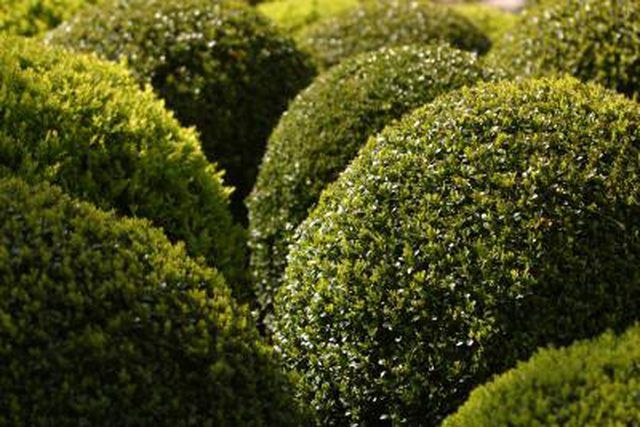Bulbs
Flower Basics
Flower Beds & Specialty Gardens
Flower Garden
Garden Furniture
Garden Gnomes
Garden Seeds
Garden Sheds
Garden Statues
Garden Tools & Supplies
Gardening Basics
Green & Organic
Groundcovers & Vines
Growing Annuals
Growing Basil
Growing Beans
Growing Berries
Growing Blueberries
Growing Cactus
Growing Corn
Growing Cotton
Growing Edibles
Growing Flowers
Growing Garlic
Growing Grapes
Growing Grass
Growing Herbs
Growing Jasmine
Growing Mint
Growing Mushrooms
Orchids
Growing Peanuts
Growing Perennials
Growing Plants
Growing Rosemary
Growing Roses
Growing Strawberries
Growing Sunflowers
Growing Thyme
Growing Tomatoes
Growing Tulips
Growing Vegetables
Herb Basics
Herb Garden
Indoor Growing
Landscaping Basics
Landscaping Patios
Landscaping Plants
Landscaping Shrubs
Landscaping Trees
Landscaping Walks & Pathways
Lawn Basics
Lawn Maintenance
Lawn Mowers
Lawn Ornaments
Lawn Planting
Lawn Tools
Outdoor Growing
Overall Landscape Planning
Pests, Weeds & Problems
Plant Basics
Rock Garden
Rose Garden
Shrubs
Soil
Specialty Gardens
Trees
Vegetable Garden
Yard Maintenance
How to Identify an Evergreen Shrub Leaf
How to Identify an Evergreen Shrub Leaf. There are three basic kinds of evergreen shrub leaves: awl-shaped, needle-like and scale-like. After you identify the correct leaf-shape category of your evergreen shrub, you can further narrow down the evergreen shrub species. Common species of evergreen shrubs include junipers, Siberian cypress, yews,...

There are three basic kinds of evergreen shrub leaves: awl-shaped, needle-like and scale-like. After you identify the correct leaf-shape category of your evergreen shrub, you can further narrow down the evergreen shrub species. Common species of evergreen shrubs include junipers, Siberian cypress, yews, hemlock, firs, Douglas fir, spruce, pine, arborvitae and false cypress. When identifying evergreen shrub leaves, you can compare the leaves with pictures in a tree and shrub field guidebook for your region.
Things You'll Need
Tree/shrub field guidebook
Determine the Correct Leaf-Shape Category
Identify awl-shaped evergreen leaves by their long, thin formation. Needle- and scale-shaped leaves are wider than awl-shaped leaves and spread outward from the center stems.
Look for evergreen shrub leaves with a series of needles that grow evenly from the center leaf stem. These are needle evergreen leaves.
Identify the scale-like evergreen shrub leaves by its scales that grow outward from the center leaf stem in non-uniform lengths. Scale-like evergreen leaves have a rough triangular shape.
Identify the Evergreen Shrub Species
Feel the foliage to identify the correct species of evergreen shrub with awl-like leaves. If the foliage is sharp to the touch, itís a juniper. If the foliage is soft and flexible, the shrub is a Siberian cypress.
Study the needlesí length, coloring and growth habit to identify needle-leaf evergreen shrub species. If the needles are flat, ?- to 1-inch long and completely green, the shrub is a yew. If the needle has two white bands down the length of its underside, is at most ?-inch long and is connected to the branch by a small stem, itís a hemlock (if no stem, itís a fir). Identify spruces by their square needles and pines by needles that grow in bundles of two, three or five.
Look at the size and specific shape of scale-like leaves to pinpoint the evergreen shrub species. Arborvitae shrubs have tiny and flat fan-shaped leaves that measure only 1/16 to 1/8 inch in size. False cypress species have less flattened and larger scale-like leaves.
Tips & Warnings
Douglas firs and concolor firs have needles that look similar to the hemlock, with two white bands, but Douglas fir needles are 1 ? inches long and concolor firs are up to 3 inches long.
Hinoki false cypress shrubs look like arborvitae shrubs, but they have tiny, white X-shaped marks on each leaf. Nootka or weeping false cypress shrubs have leaves that are shorter, are less pointy and donít grow as close together as other false cypresses.
Donít confuse the threadleaf false cypress with a juniper. The green and yellow-green leaves of the threadleaf false cypress are pointy like junipers but are not sharp to the touch.